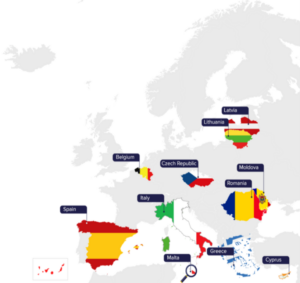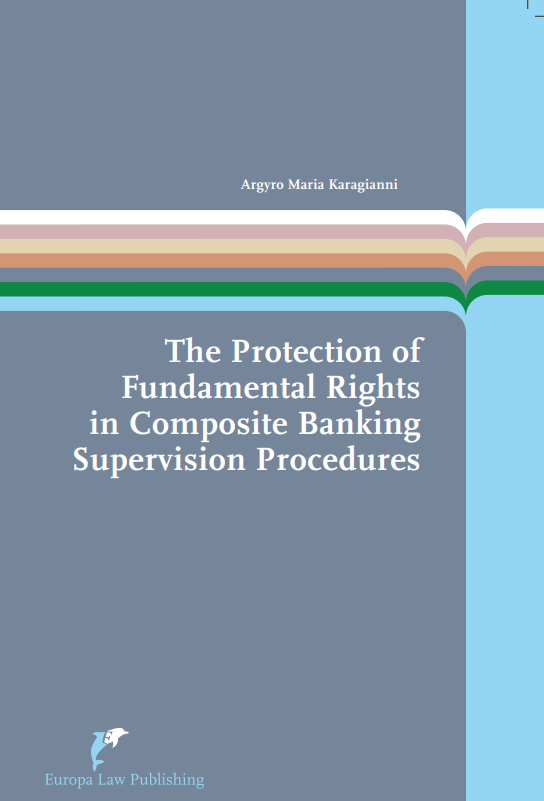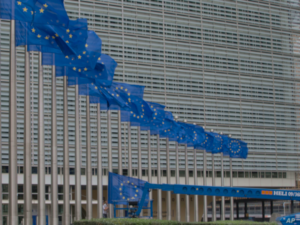Disclaimer: All opinions in this blog reflect the views of the author, not of the Dutch DPA.
In our digital markets, there are more and more concerns that big tech firms use their dominant position to conduct practices that could potentially be harmful to consumers and competitors. One of these practices is to present the consumer with a take-it-or-leave-it option before he or she is allowed to use a service: if you do not consent to the fact that the firm can combine and cross-use your personal data from the service with data from other services, you will not be allowed to use the service. Where firms use their dominant position to make such practices possible and when this makes the position of these firms even stronger so the market ‘tips’, the regulator could be inclined to prohibit the practice on the basis of competition law or other forms of market regulation. In the following, I introduce this practice (I). Then, I explain that the mainstream way of approaching the aforementioned practice under Article 102 TFEU has raised critique (II). Then I show how this critique could be taken away by another way of applying Article 102 TFEU, namely under the theory of harm of ‘privacy-policy tying’(III). Next, I explain that article 5 (2) of the DMA, which directly deals with the practice at hand, shows many similarities with the criticized approach of Article 102 TFEU (IV). Finally, I argue that the application of this article does not take away the critique that has been raised, which could potentially have negative consequences (V).
Continue reading “Differences in substantive application of Article 102 TFEU and the DMA concretized: ‘Privacy policy tying’ under Article 102 TFEU or the opt-in rule for data combination and cross use in article 5 (2) of the DMA”






